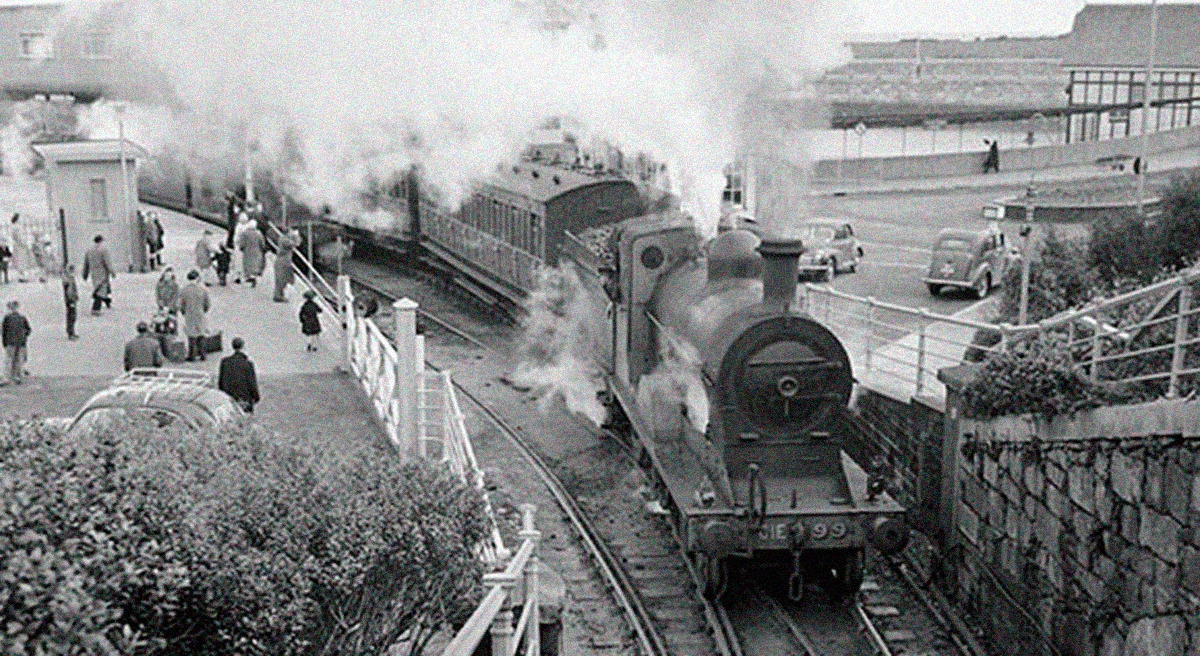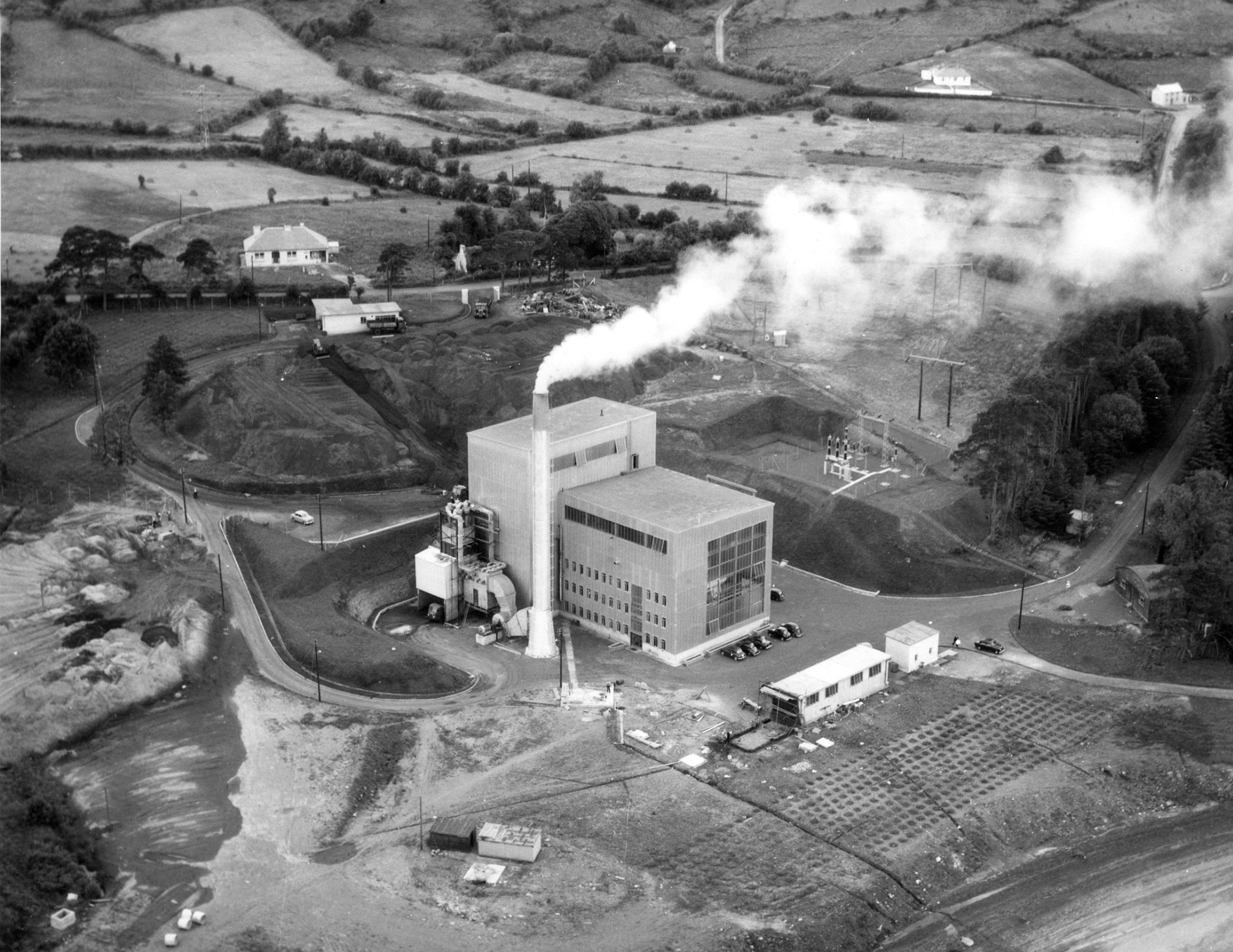The story of coal in Ireland
Ireland has a long history of using coal as a source of energy; as a fuel for home fires, to smelt iron ore and fire steam engines in the 18th century, to manufacture gas for lighting, cooking and heating in the 19th century and, in the 20th century, as a dominant fuel in electricity generation. The first coal field opened in Leinster in 1638 and coal continued to be mined from various deposits in Ireland until 1994. Today, Ireland is dependent on importing coal from abroad, the majority of which comes from Columbia. With the Air Pollution Act 1987 banning the sale and use of smoky coal in urban areas, approximately three quarters of the coal we imported in 2015 was used in electricity generation in the only coal-firing power plant in the State, Moneypoint. While over the short term Moneypoint is expected to continue to rely on coal, over the next ten to fifteen years it is likely that Moneypoint will be repowered to a low carbon power generating facility.
Coal mining began in Ireland in the Leinster coal field in 1638. The Leinster coal field covers parts of Kilkenny, Carlow and Laois. Ireland was an early adopter of steam power with the first steam engine in Ireland being used to pump water in a mine as early as 1740. Coal mining at Arigna in County Roscommon began in 1765 and lasted until 1990. The coal was originally used in the smelting of local iron ore from about 1795. The iron works ran until 1838.
In the era of steam power and the introduction of coal gasification into Ireland (from 1800 to 1850) Ireland imported coal to produce steam for power and gas for lighting. Imported coal was used for the manufacture of towns gas for over a century and for home heating. Coal was eventually phased out for gas manufacture to be replaced by oil based technology, as adopted by the Alliance and Dublin Gas Company in 1968.
In the 1950s Arigna coal was used to fuel Ireland’s only power station using indigenous coal. It was commissioned by ESB at Arigna in 1958 and ran until the end of the 1980s. At its peak it burned 55,000 tonnes of Arigna coal per year and the power plant employed 60 people.
After the 1973 oil crises, and due to Government concerns for the security of fuel supplies for electricity production, ESB was authorized to construct a 915 MW coal fired plant at Moneypoint, Co. Clare. According to ESB this station burns about 2 million tonnes of coal annually. Because of the low cost of coal internationally and of the low price of carbon permits within the EU Emissions Trading Scheme (ETS) in the period since 2005, the Moneypoint coal-fired station remains, even today, the source of a fifth of Ireland’s electricity. According to the Eirgrid website in May 2016, coal-based electricity accounted for 21.5% of Ireland’s electricity generation in the previous month. This is similar to the contribution from wind but less than natural gas from which 48.5% of our electricity was generated.
In the residential sector, Mary Harney, as Minister for the Environment, is credited with legislating to improve Dublin’s air quality by banning the sale of smoky coal in 1990. Similar bans in other towns and cities followed. This led to a gradual reduction in bituminous coal use in open fires. Smokeless fuels based on coal continue to be marketed in these “smoke free” towns and cities.
Due to Climate Change concerns, the EU is determined to increase the cost of CO2 emissions to operators which may eventually phase out coal based electricity generation unless coal stations are fitted with Carbon Capture and Storage (CCS).


